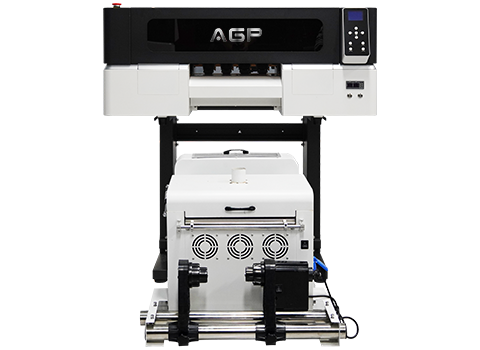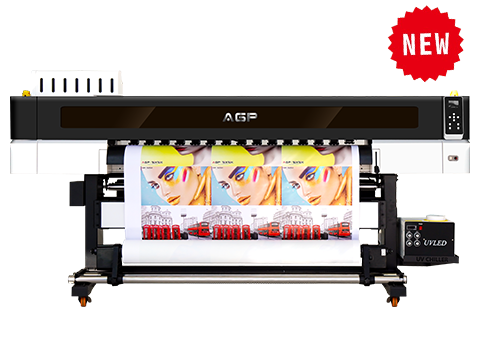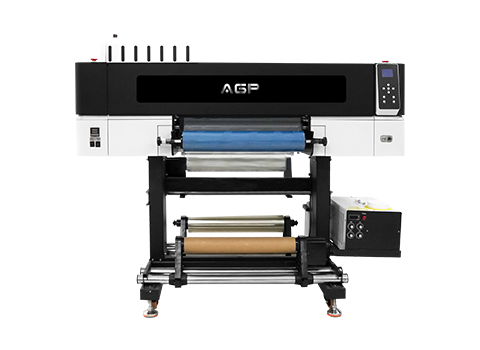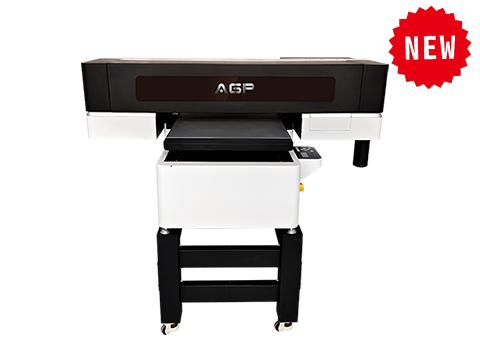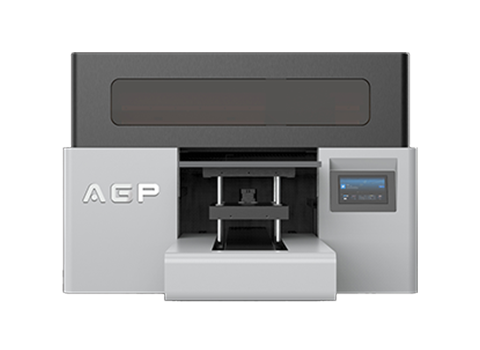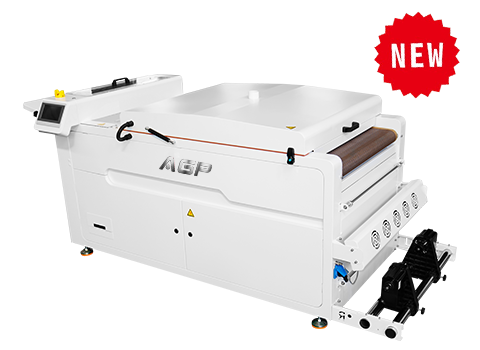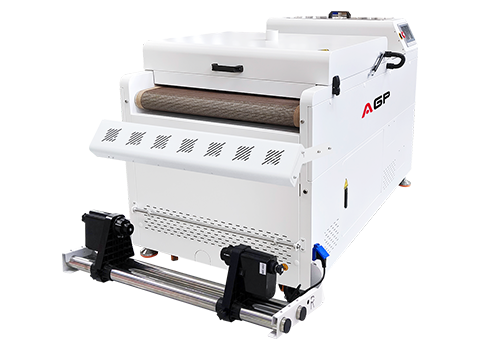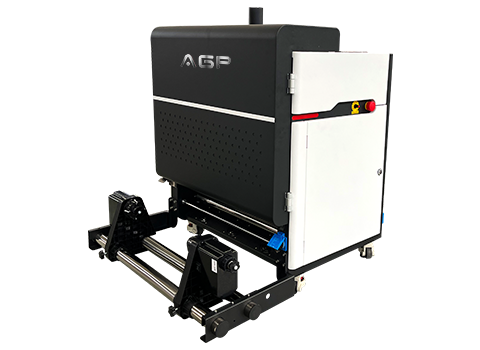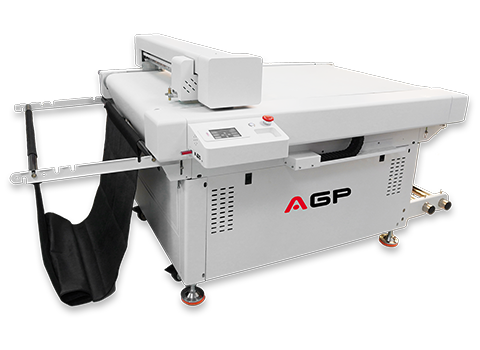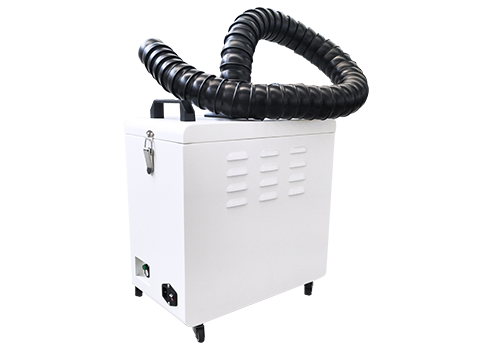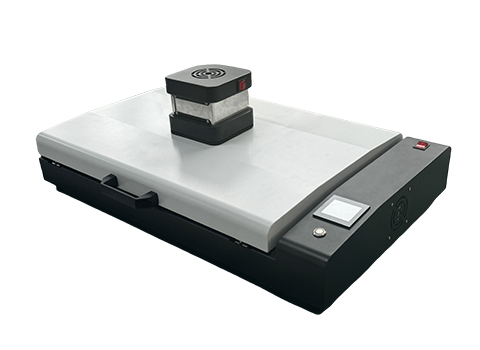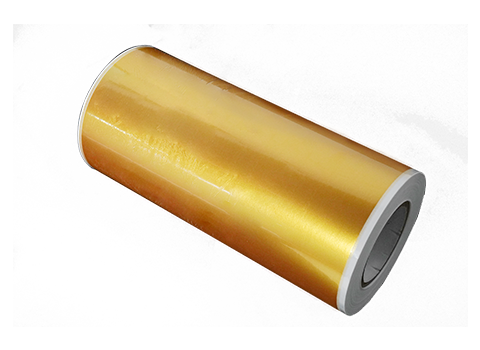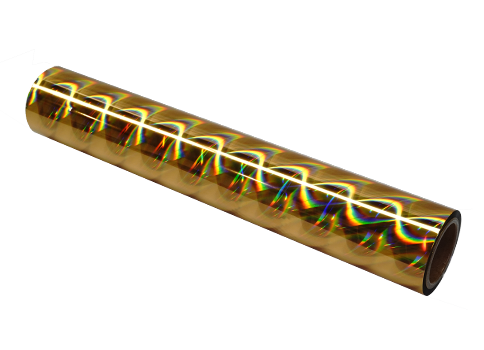Can DTF Heat Transfer be Applied to Leather?
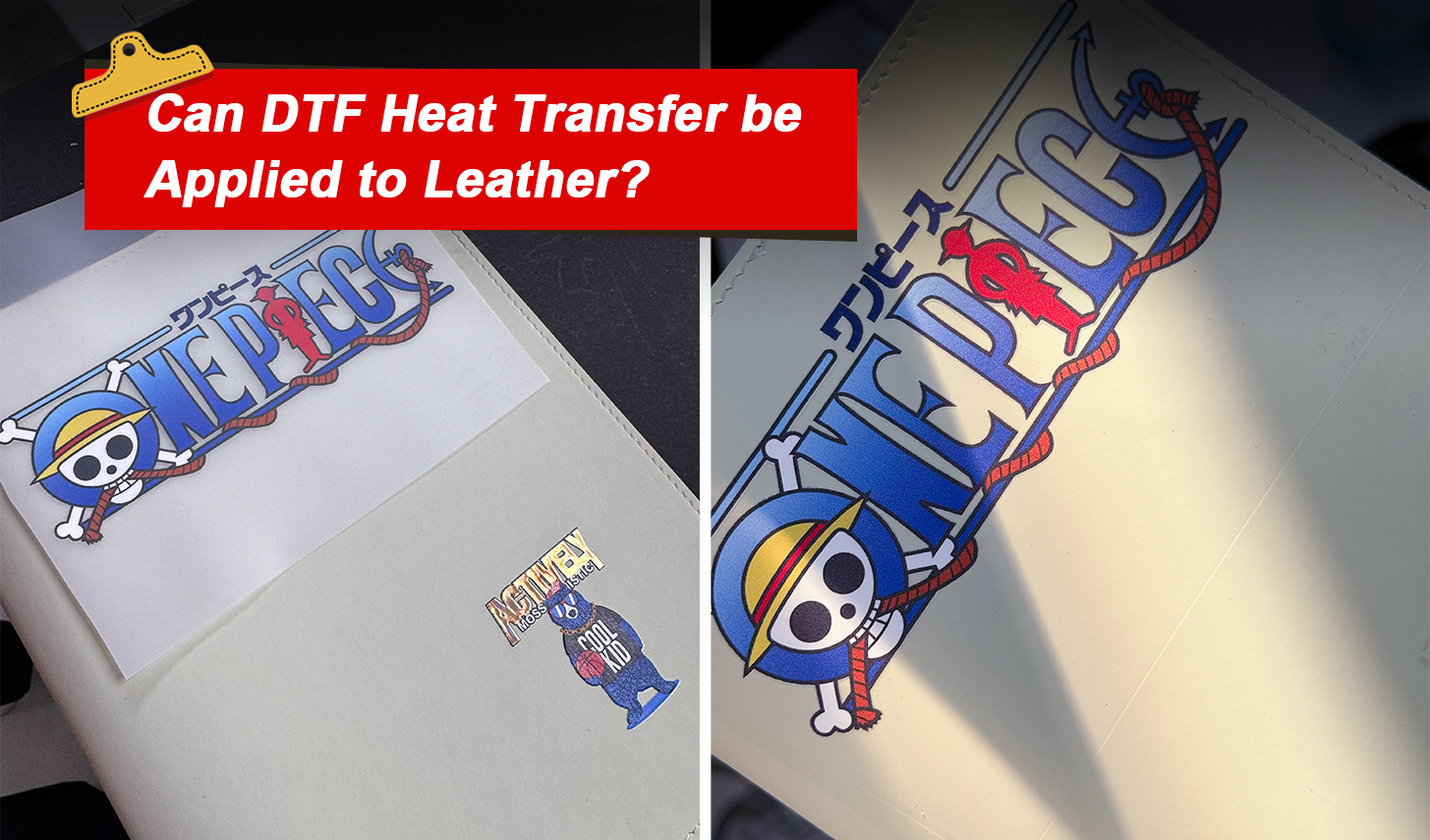
In recent years, leather fabrics have become very popular in the fashion industry. This elegant and luxurious fabric is often used in the production of bags, belts, leather boots, leather jackets, wallets, leather skirts, etc. But did you know? Using DTF white ink heat transfer technology, you can add high-quality, durable and diverse printing designs to leather products. Of course, to achieve a perfect DTF transfer effect on leather, some preparation and operation skills are required. This time, AGP will introduce in detail the application methods of DTF technology on leather and the types of leather suitable for DTF. Let's learn about it together!
Can DTF be used on leather?
Yes, DTF technology can be successfully applied to leather products. When properly processed and technically operated, DTF printing can not only achieve strong adhesion on leather, but also ensure the high quality and long-term durability of the design.
Will DTF prints peel on leather?
No. One of the biggest advantages of DTF technology is its excellent durability. DTF prints that are properly processed will not easily crack or peel on leather, and can be firmly attached to most materials to ensure a long-lasting aesthetic effect.
How to properly apply DTF on leather?
Before printing DTF technology on leather, you must go through the following key steps:
Cleaning: Use a special leather cleaner to wipe the oil and dust on the leather surface.
Care: If conditions permit, a thin layer of leather care agent can be applied to the leather surface to enhance the adhesion of white ink heat transfer ink.
Test printing: Test printing on an inconspicuous part of the leather or a sample to ensure color accuracy and print adhesion.
DTF Printing Process
Design Creation: Use high-resolution image design software (such as RIIN, PP, Maintop) to process the printed pattern.
Print Curing: Use a dedicated DTF printer to print the design on PET Film and pass the powder shaker for powdering and baking.
High-temperature pressing:
Preheat the heat press to 130°C-140°C and press for 15 seconds to ensure that the design is firmly transferred to the leather surface. Wait for the leather to cool completely and gently peel off the film. If necessary, a second heat press can also be performed to increase durability.
What Types of Leather Are Suitable for DTF Printing?
DTF technology works well with a variety of leather types, but the following perform best:
Smooth leathers, such as calfskin, lambskin, and cowhide, have a smooth surface that allows for high-quality transfers.
Artificial leathers, especially those with a smooth surface.
PU leathers: This synthetic leather provides a good base for DTF transfers and is suitable for most custom needs.
Which leathers are not suitable for DTF printing?
Some leather types are not suitable for DTF technology due to their special texture or treatment, including:
- Heavy grain leather: Deep texture will cause the ink to not adhere evenly.
- Embossed leather: Irregular surface may cause uneven printing.
- Oil tanned leather: Excessive oil will affect the adhesion of ink.
- Too thick leather: Special heat and pressure treatment is required, otherwise it may affect the final printing effect.
Leather with strong flexibility can be treated in the following ways:
Pretreatment: Use leather conditioner or adhesive spray to reduce leather flexibility.
Adjust heat press technology: Increase heat press pressure and extend pressing time to ensure better transfer effect.
DTF technology has great potential for leather application and is suitable for various customized needs. However, to achieve the best printing effect, it must be properly prepared and operated for different leather types. Whether it is dealing with grain problems or adjusting heat press parameters, the right steps can ensure high-quality and long-lasting printing results.
For more DTF-related knowledge and DTF printer parameters, please send us a private message and we will answer your questions at any time!





